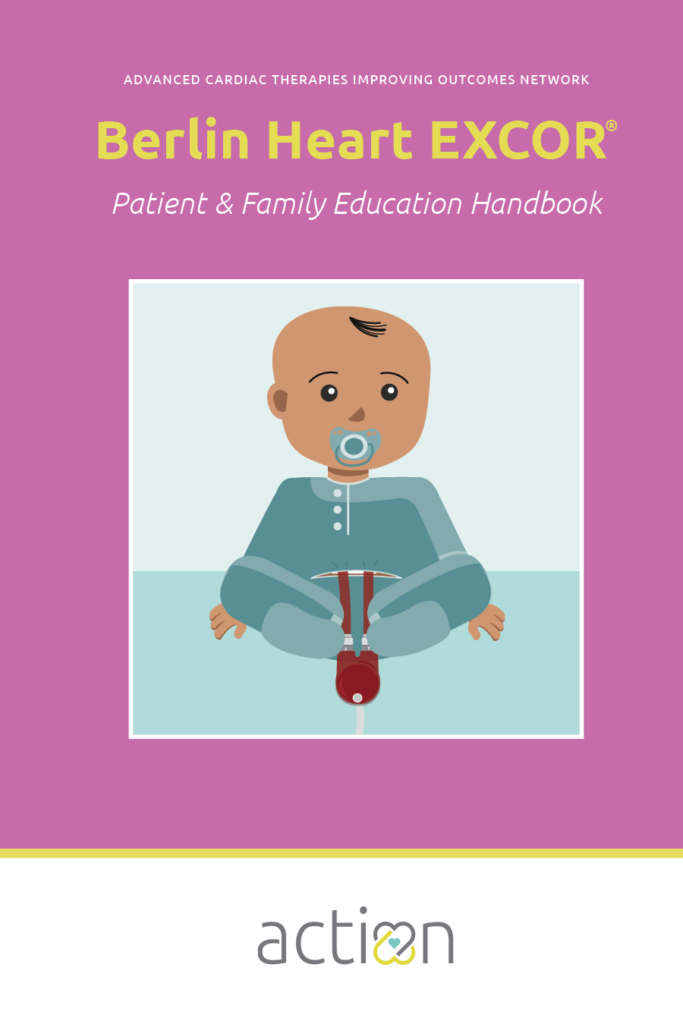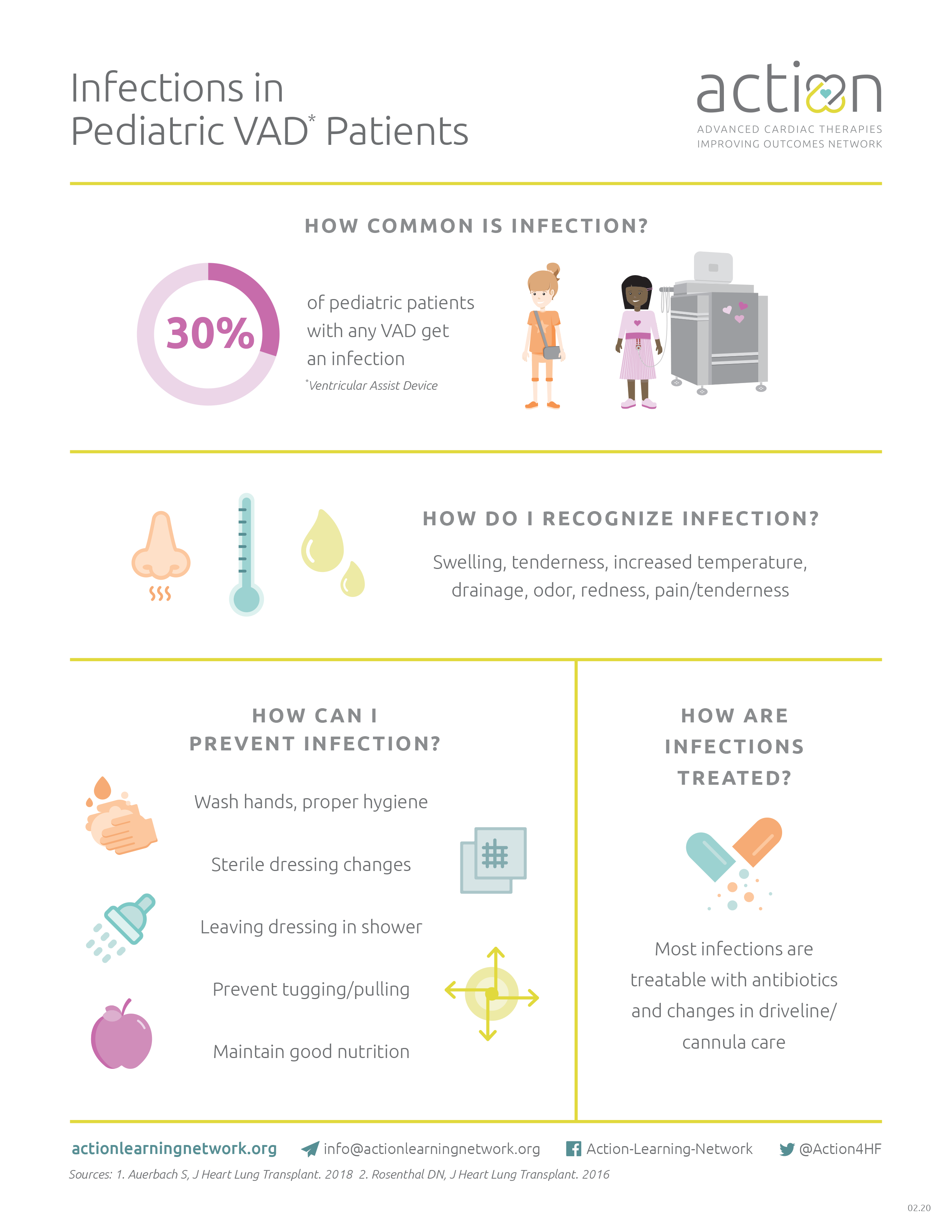Berlin Heart EXCOR®
Overview
Your Surgery Journey
Overview
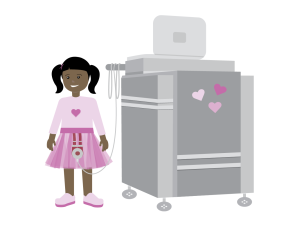
The Berlin Heart EXCOR® (or Berlin Heart) is one of the first-ever VADs designed for infants and children. It has been implanted in thousands of children around the world and can help you get stronger, so you can be in the best place possible to receive a heart transplant. Sometimes, the Berlin Heart will allow your heart to recover so that you may no longer need the VAD and can have it removed. Your care team will talk to you about all of your options. Because the Berlin Heart has been around for a long time, there are plenty of experts around the world that can help support you. Rest assured that you are in very safe hands.
Already have a Berlin Heart EXCOR®?
Want more information? Check out our Berlin Heart EXCOR® ACTION Patent Education Handbook in English or in Spanish.
-
Device Components
-
Benefits
-
Risks
Device Components
Cannulae
During VAD surgery, your heart surgeon will place cannulae that are special tubes made of a very soft silicone material. These soft cannulae will come out of your lower chest area just below your breastbone.
Your heart has two pumping chambers, a left ventricle and a right ventricle. Your cardiologist and surgeon will decide if you need support on just one ventricle or both. If you only need support for one ventricle, you will have two cannulae. If you need support for both ventricles, you will need four cannulae.
Blood Pump
The soft cannulae connect to a blood pump that is chosen especially for you. This blood pump is hand-crafted by scientists and engineers to provide adequate blood flow to your entire body. It’s like a little heart that is outside of your body.
Your blood pump has another tube connected to it where air will move in and out of it. But don’t worry, the air will not go into your body. Instead the air helps the blood pump to fill and push blood out just like a real heart can.
IKUS
The IKUS is an air compressor that helps move air in and out of your blood pump, helping it fill and eject. Your Berlin Heart makes a humming sound, which is normal. A computer sits on top of the IKUS and allows doctors to adjust the settings of your Berlin Heart. There are several settings your care team may adjust, like the air pressure strength, how often the air pressure moves in and out, and how many times your Berlin Heart pumps.
Benefits

The Berlin Heart helps patients with heart failure, as it improves blood circulation. A Berlin Heart may help reduce heart failure symptoms and improve quality of life while waiting for a heart transplant or your heart to get better.
Risks
 There are some risks with a Berlin Heart, but your care team will work hard to keep you safe.
There are some risks with a Berlin Heart, but your care team will work hard to keep you safe.
Infection
The soft cannula will come out of your lower chest and will need to be cleaned frequently. This is important because bacteria lives on your skin and may cause an infection at your cannula site. You may feel nervous the first few times your dressings are changed, but your care team will be there to support you.
Stroke
There is a risk of stroke with all VADs. A clot can form in the VAD, become dislodged, and may travel up a blood vessel to the brain. A blood clot in the brain leads to a decreased blood flow to the brain in that specific area, and this is called a stroke. Your care team will manage your blood thinner medicines and levels carefully to try to prevent a stroke. Sometimes, even with perfect levels, a stroke will occur.
Your care team will monitor you for the following symptoms:
- Headache
- Confusion
- Numbness and/or tingling on one side of the body
- Weakness on one side of the body
- Slurred speech
Bleeding
There is a risk of bleeding with all VADs. To prevent clots from forming in the device, you have to be on a blood thinner. Sometimes the blood thinner will lead to bleeding that may require a change in medicines, a blood transfusion, or in some cases, a surgery to stop the bleeding. Your care team will manage your blood thinner medicine and levels carefully to try to prevent bleeding. Sometimes, even with perfect levels bleeding will occur.
Pediatric VAD Infections
Download the pdf to learn more.
Take ACTION Reducing Stroke Rates
Download the pdf to learn more.
Device Components
Cannulae
During VAD surgery, your heart surgeon will place cannulae that are special tubes made of a very soft silicone material. These soft cannulae will come out of your lower chest area just below your breastbone.
Your heart has two pumping chambers, a left ventricle and a right ventricle. Your cardiologist and surgeon will decide if you need support on just one ventricle or both. If you only need support for one ventricle, you will have two cannulae. If you need support for both ventricles, you will need four cannulae.
Blood Pump
The soft cannulae connect to a blood pump that is chosen especially for you. This blood pump is hand-crafted by scientists and engineers to provide adequate blood flow to your entire body. It’s like a little heart that is outside of your body.
Your blood pump has another tube connected to it where air will move in and out of it. But don’t worry, the air will not go into your body. Instead the air helps the blood pump to fill and push blood out just like a real heart can.
IKUS
The IKUS is an air compressor that helps move air in and out of your blood pump, helping it fill and eject. Your Berlin Heart makes a humming sound, which is normal. A computer sits on top of the IKUS and allows doctors to adjust the settings of your Berlin Heart. There are several settings your care team may adjust, like the air pressure strength, how often the air pressure moves in and out, and how many times your Berlin Heart pumps.
Benefits

The Berlin Heart helps patients with heart failure, as it improves blood circulation. A Berlin Heart may help reduce heart failure symptoms and improve quality of life while waiting for a heart transplant or your heart to get better.
Risks
 There are some risks with a Berlin Heart, but your care team will work hard to keep you safe.
There are some risks with a Berlin Heart, but your care team will work hard to keep you safe.
Infection
The soft cannula will come out of your lower chest and will need to be cleaned frequently. This is important because bacteria lives on your skin and may cause an infection at your cannula site. You may feel nervous the first few times your dressings are changed, but your care team will be there to support you.
Stroke
There is a risk of stroke with all VADs. A clot can form in the VAD, become dislodged, and may travel up a blood vessel to the brain. A blood clot in the brain leads to a decreased blood flow to the brain in that specific area, and this is called a stroke. Your care team will manage your blood thinner medicines and levels carefully to try to prevent a stroke. Sometimes, even with perfect levels, a stroke will occur.
Your care team will monitor you for the following symptoms:
- Headache
- Confusion
- Numbness and/or tingling on one side of the body
- Weakness on one side of the body
- Slurred speech
Bleeding
There is a risk of bleeding with all VADs. To prevent clots from forming in the device, you have to be on a blood thinner. Sometimes the blood thinner will lead to bleeding that may require a change in medicines, a blood transfusion, or in some cases, a surgery to stop the bleeding. Your care team will manage your blood thinner medicine and levels carefully to try to prevent bleeding. Sometimes, even with perfect levels bleeding will occur.
Pediatric VAD Infections
Download the pdf to learn more.
Take ACTION Reducing Stroke Rates
Download the pdf to learn more.
Your Surgery Journey

You will likely have many questions about the Berlin Heart surgery. Your care team will do their best to answer all of them before you decide to have VAD surgery.
-
Preparing for Surgery
-
After Surgery
-
Recovery
Preparing for Surgery
What should you expect before VAD surgery? Watch the video below to understand what to expect on your Berlin Heart EXCOR® surgery day.
Throughout your journey, your care team is there to support and guide you, as well as answer any questions or concerns you have. Everyone’s journey will look a little different. Download the Berlin Heart Patient Journey map to get a feel for what lies ahead. This map will also help you understand when you should be reading and learning about different phases of the journey.
Before your surgery, doctors called anesthesiologists will also visit you. They are responsible for keeping you asleep during surgery. You will not feel any pain while you are asleep. All you will remember is traveling down to the operating room.
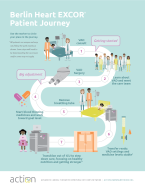
Download PDF
After Surgery
What should you expect after VAD surgery? Watch the video below to understand what to expect on your Berlin Heart EXCOR® surgery day.
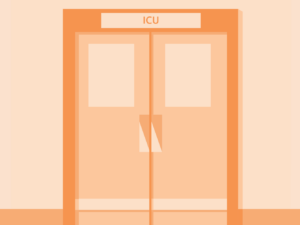
When you wake up from surgery, you will be in the Intensive Care Unit (ICU).
Surgery will make you feel weak and sleepy. For these reasons, you will have a plastic tube in your mouth that will help you breathe. You will also have many special IVs, cables, and drains, which are needed to monitor your VAD and heart function.
Your care team will explain everything to you and your family. It’s completely normal for you to be hungry, thirsty, and uncomfortable at times. You will receive pain medicines to help you through this phase of recovery.

Recovery
Once the ICU team thinks you’re strong enough to be more awake and breathe on your own, your medications keeping you sleepy will be turned off. Your breathing tube will be removed, and you will be given oxygen using a nasal cannula or mask.
As time goes on, you’ll be able to drink clear fluids like water and apple juice. When your medications supporting your heart have been decreased, you’ll be able to eat regular food again. The ICU team may decide to give you a boost of nutrition, feeding you through a special tube in your nose called a nasogastric tube.
When your breathing tube is out and you’re fully awake, this is when rehabilitation begins. Specially trained physical and occupational therapists will assist you in getting out of bed for the first time after surgery. Your nurse and care team will support your Berlin Heart pump. This is going to be very tough at first, and you may feel discomfort. Your care team will manage your discomfort with pain and anxiety medications.
Rehabilitation is a slow and steady process, and we will never make you do more than you’re ready to. But, it’s very important that you participate in therapy because your lungs and body are at risk for getting weak if you don’t begin movement immediately. Over the course of days, you will gain strength. The IV lines and drains will be removed from your body, and you will start taking some of your medicines by mouth.
When the timing is right, you will no longer require ICU-level care. This is considered a great achievement! You may transition to a general care floor where you will continue to rehabilitate, get stronger and prepare for the next steps in your journey.
Having heart problems and needing a VAD is a life-changing experience. It is very normal to feel sad at times. A team of doctors and therapists that specialize in helping children cope with life on a VAD will visit you frequently. Even though you may not feel like sharing your feelings, we encourage you to open up.
Preparing for Surgery
What should you expect before VAD surgery? Watch the video below to understand what to expect on your Berlin Heart EXCOR® surgery day.
Throughout your journey, your care team is there to support and guide you, as well as answer any questions or concerns you have. Everyone’s journey will look a little different. Download the Berlin Heart Patient Journey map to get a feel for what lies ahead. This map will also help you understand when you should be reading and learning about different phases of the journey.
Before your surgery, doctors called anesthesiologists will also visit you. They are responsible for keeping you asleep during surgery. You will not feel any pain while you are asleep. All you will remember is traveling down to the operating room.

Download PDF
After Surgery
What should you expect after VAD surgery? Watch the video below to understand what to expect on your Berlin Heart EXCOR® surgery day.

When you wake up from surgery, you will be in the Intensive Care Unit (ICU).
Surgery will make you feel weak and sleepy. For these reasons, you will have a plastic tube in your mouth that will help you breathe. You will also have many special IVs, cables, and drains, which are needed to monitor your VAD and heart function.
Your care team will explain everything to you and your family. It’s completely normal for you to be hungry, thirsty, and uncomfortable at times. You will receive pain medicines to help you through this phase of recovery.

Recovery
Once the ICU team thinks you’re strong enough to be more awake and breathe on your own, your medications keeping you sleepy will be turned off. Your breathing tube will be removed, and you will be given oxygen using a nasal cannula or mask.
As time goes on, you’ll be able to drink clear fluids like water and apple juice. When your medications supporting your heart have been decreased, you’ll be able to eat regular food again. The ICU team may decide to give you a boost of nutrition, feeding you through a special tube in your nose called a nasogastric tube.
When your breathing tube is out and you’re fully awake, this is when rehabilitation begins. Specially trained physical and occupational therapists will assist you in getting out of bed for the first time after surgery. Your nurse and care team will support your Berlin Heart pump. This is going to be very tough at first, and you may feel discomfort. Your care team will manage your discomfort with pain and anxiety medications.
Rehabilitation is a slow and steady process, and we will never make you do more than you’re ready to. But, it’s very important that you participate in therapy because your lungs and body are at risk for getting weak if you don’t begin movement immediately. Over the course of days, you will gain strength. The IV lines and drains will be removed from your body, and you will start taking some of your medicines by mouth.
When the timing is right, you will no longer require ICU-level care. This is considered a great achievement! You may transition to a general care floor where you will continue to rehabilitate, get stronger and prepare for the next steps in your journey.
Having heart problems and needing a VAD is a life-changing experience. It is very normal to feel sad at times. A team of doctors and therapists that specialize in helping children cope with life on a VAD will visit you frequently. Even though you may not feel like sharing your feelings, we encourage you to open up.

